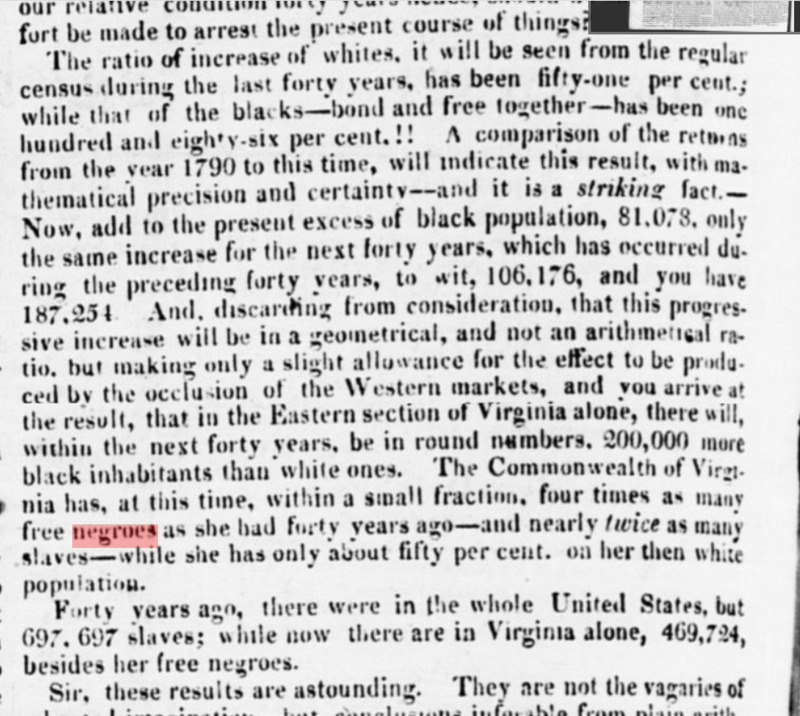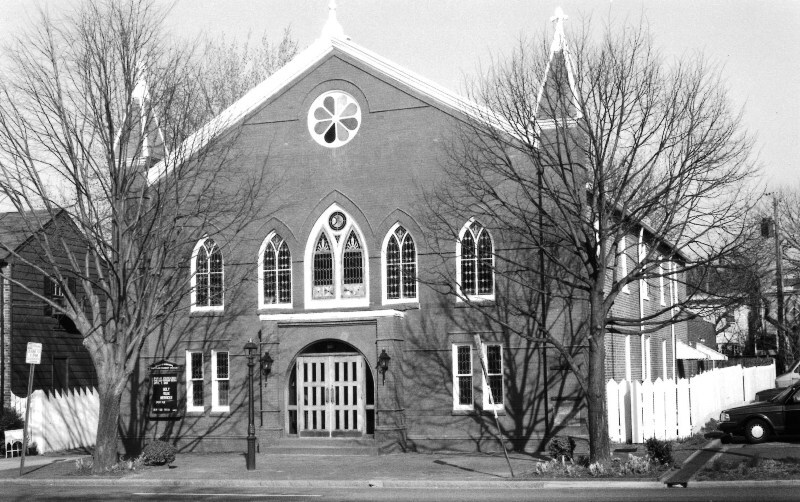African American Antebellum Neighborhoods
Within Alexandria there were strict laws of conduct for White and especially, Black citizens. Gathering and assembling of African Americans were restricted during this time,[1] but if you lived in clusters you can gather in neighborhoods. It was a way of affirming themselves and protecting themselves. Hayti was named after the successful slave revolt that occurred in what we now call Haiti. Spellings of the day were fluid and there are many examples of this spelling. [2]
“Hayti was more centrally located in town and occupied by wealthier free African Americans, who could afford buying or building brick homes. The homes free African Americans built reflected the local building traditions, attitudes, and available materials. For example, George Seaton, a free African American master carpenter, built many buildings and homes throughout the city which he sold or built for other free African American." [3]
An 1806 law governed freemen's residential status in Virginia read: "10. And be it further enacted, That if any slave hereafter emancipated shall remain within this commonwealth more than twelve months after his or her right to freedom shall have accrued, he or she shall forfeit all such right, and may be apprehended and sold by the overseers of the poor of any county or corporation in which he or she shall be found, for the benefit of the poor of such county or corporation." [4]
The houses were usually occupied by extended families, boarders, and sometimes local slaves that their enslavers did not want to live in their city homes. In cities, there was usually no room for a slave dwelling in the back. To prevent them living in the house this practice was considered acceptable. [5]
Hayti was roughly only six square blocks but was very densely populated. African American neighborhoods of this time period tended to be on the fringes of towns. This served both White and Black populations. "White persons could go on about their day and not be bothered by the thought of ‘others’ living amongst them. There were seven families formed the nucleus of Hayti." [6] Black families could form a tight knit community and congregate together without breaking the law. They built strong bonds and created not just neighborhoods, but communities.
By 1820, 31% of Alexandria was African American. Free African Americans accounted for 14% of Alexandria’s population, slaves for 17%. [7].
Within Hayti, Trinity United Methodist and Roberts Chapel were two of Alexandria’s most prominent Black churches of the time. Only a few blocks away in the Bottoms neighborhood is the Alfred Street Baptist Church. Trinity United Methodist was an interracial congregation. The other two were African American congregations but were compelled to have White preachers. This was because of an 1831 law that says no more than ten Blacks could congregate without a White man present.
"Roberts Memorial United Methodist Church is the oldest Black Methodist Church in Alexandria. Prior to 1830, the Black Methodist in Alexandria, Virginia were members of the White Trinity Methodist Church. By 1830, the Black Methodist established their own Church called Davis Chapel after their White Minister. After 1844, Davis Chapel Church renamed their Church to Roberts Chapel due to a split within the Methodist Church on the issue of slavery." [8]
Prior to the civil war, Roberts Chapel organized a Sabbath school and a secular school, that met at the church until Alexandria retrocedes to Virginia in 1847. After the civil war, the school reopened"
[1] W. Cranch, “An Act Respecting Slave, Free Negros,” in Charter of the Town of Alexandria, with the Revised Code of Laws of the Corporation of Said Town (Alexandria, Virginia: Rounsavell and Pittman, 1821), pp. 65-67.
[2] “Hayti: One of Alexandria's African American Neighborhoods, Out of the Attic,” Alexandria Times, April 29, 2021.
[3] Blomberg, Belinda .1988 Free Black Adaptive Responses to the Antebellum Urban Environment: Neighborhood Formation and Socioeconomic Stratification in Alexandria, Virginia, 1790-1850. Doctoral dissertation, Department of Anthropology, American University, Washington, DC. University Microfilms International, Ann Arbor, MI.
[4] ‘An ACT to Amend the Several Laws Concerning Slaves’ (1806),” Encyclopedia Virginia (blog), accessed November 21, 2022, https://encyclopediavirginia.org/entries/an-act-to-amend-the-several-laws-concerning-slaves-1806/.
[5] “History of Alexandria’s African American Community,” City of Alexandria, VA, accessed October 27, 2022, https://www.alexandriava.gov/historic-alexandria/history-of-alexandrias-african-american-community.
[6] “To Witness the Past: African American Archaeology in Alexandria, Virginia.” Alexandria, VA: Alexandria, 1993.
[7] Discovering the Decades: 1820.” Historic Alexandria. http://alexandriava.gov/historic/info/default.aspx?id=28392 accessed November 2022.
[8] https://theotheralexandria.com/roberts-memorial-united-methodist-church/


